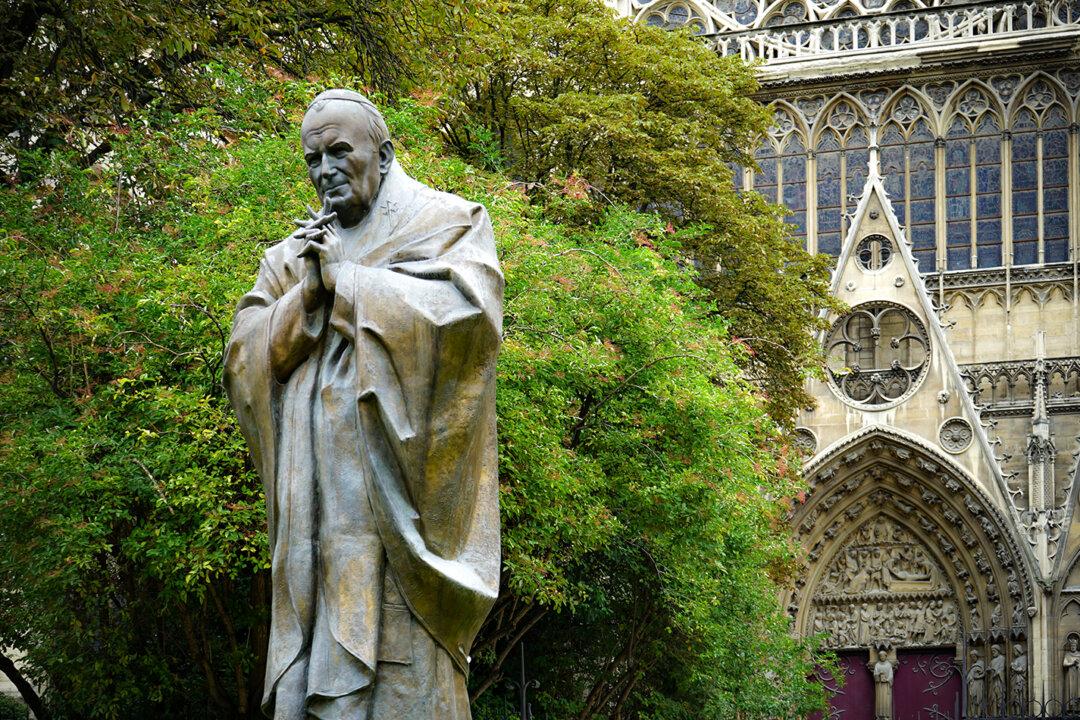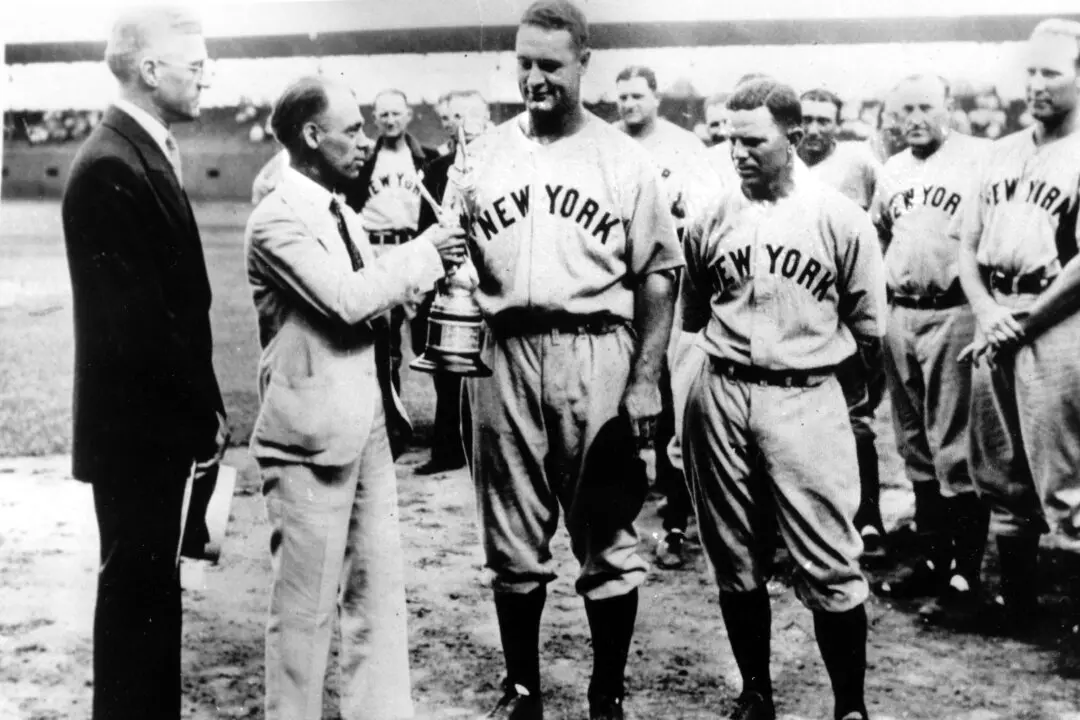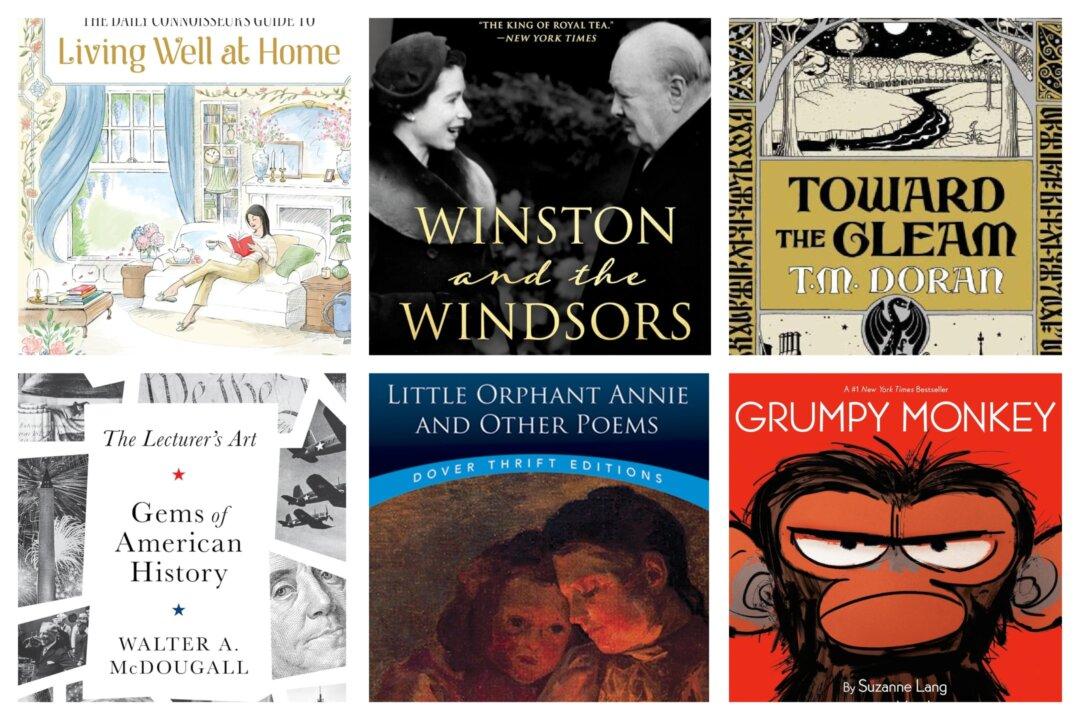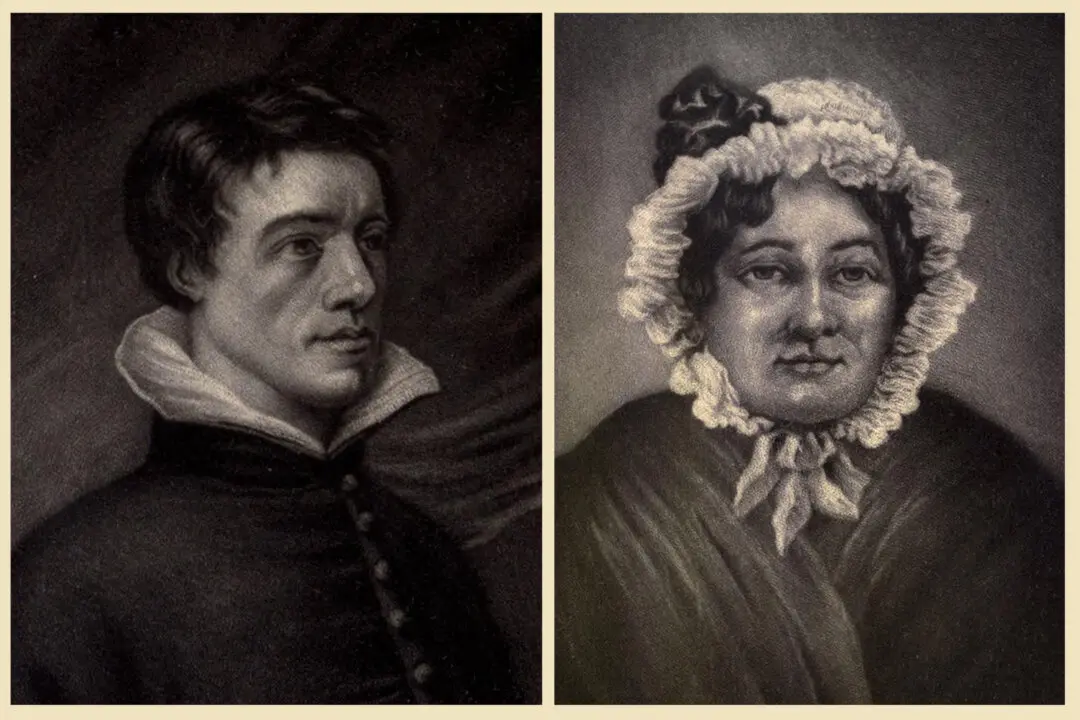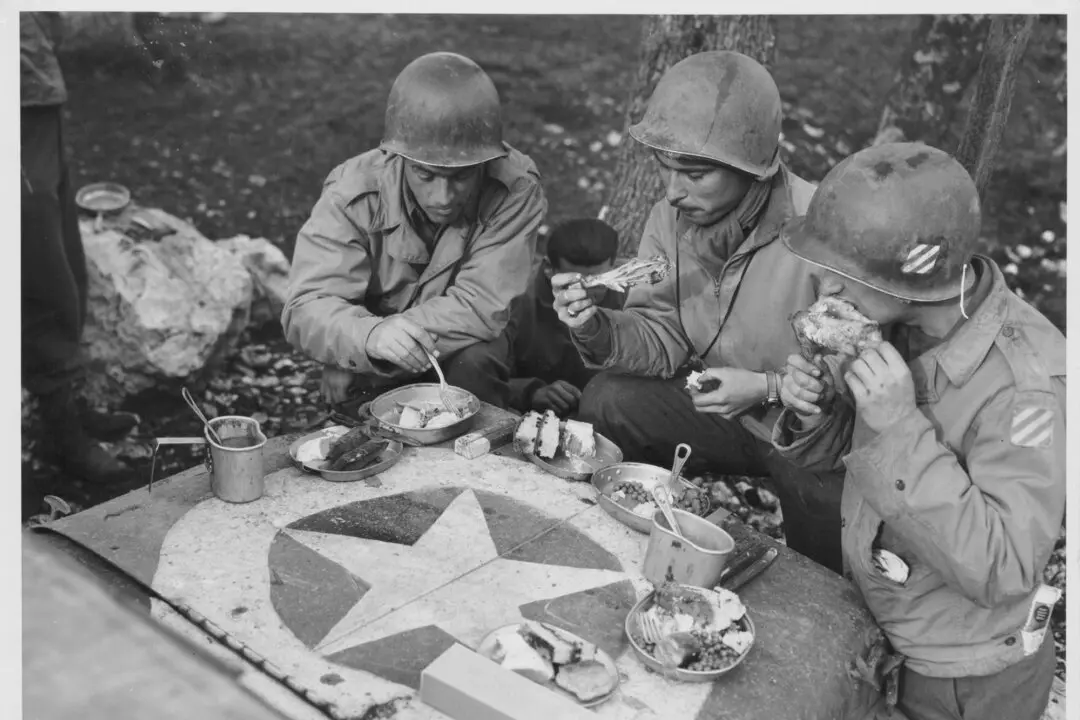The names of those who in their lives fought for life, Who wore at their hearts the fire’s centre. Born of the sun, they travelled a short while toward the sun And left the vivid air signed with their honour.
Those whom we humans credit as having “left the vivid air signed with their honour” come from all sorts of backgrounds, circumstances, and experiences. Theodore Roosevelt, for example, was born into a wealthy family in Manhattan, lived a privileged youth, and entered Harvard University. Margaret Thatcher, an equally adept politician and Great Britain’s first female prime minister, grew up in a small town in Lincolnshire, England, the daughter of a grocer.Whatever their circumstances, these same heroic figures usually faced battles of their own as they came of age. Roosevelt may have led a silver-spoon childhood, but he was a weak, sickly boy until his father took him in hand and pushed him to excel athletically. This encouragement paid dividends, as even today he is remembered as one of our most energetic of presidents, an explorer, a hunter, a cowboy, and a soldier. As a girl, Thatcher was more serious about school and life than many of her classmates. She pushed herself hard academically, and so displayed early signs of the personality that would later earn her the nickname of “Iron Lady.”

